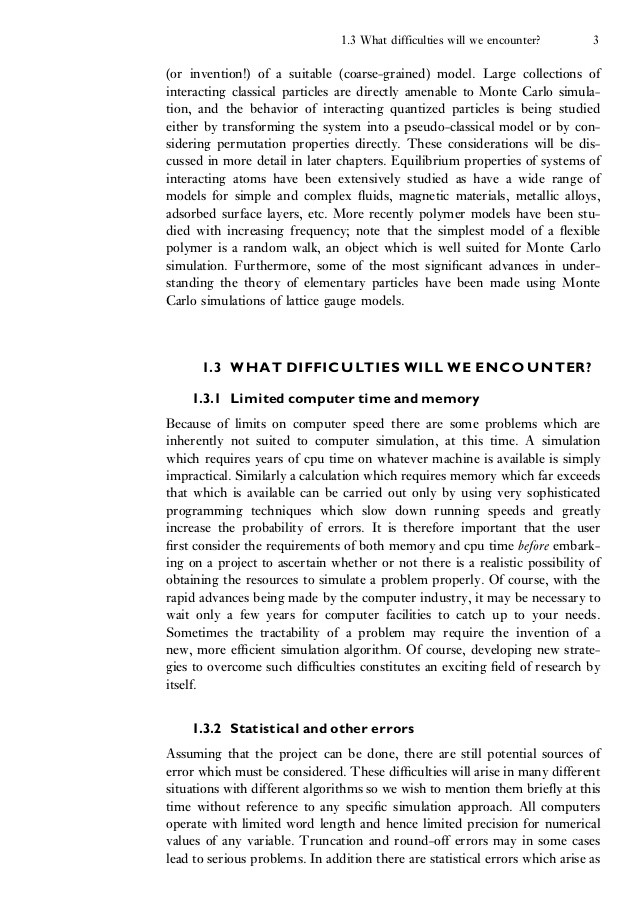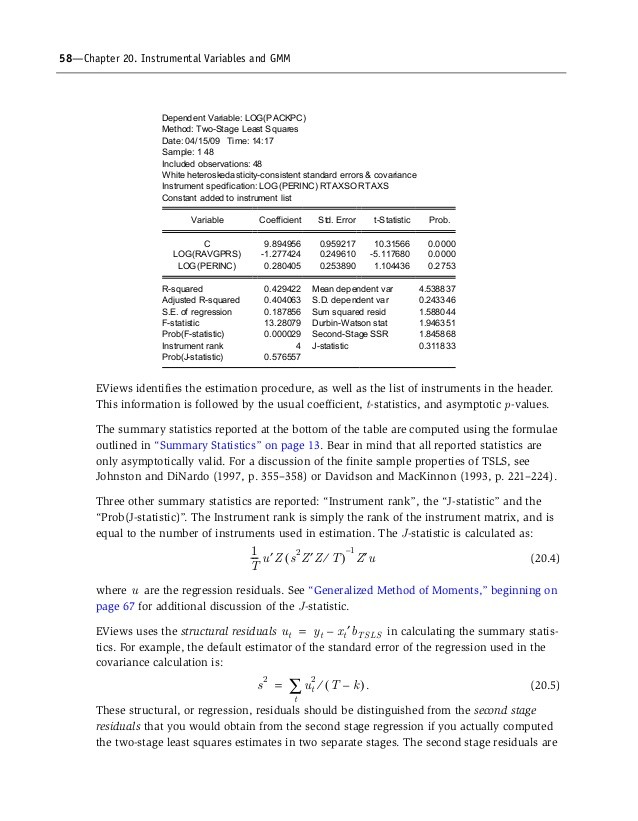Canonical LeastSquares Monte Carlo Valuation of American Options Convergence and Empirical Pricing
Post on: 3 Июль, 2015 No Comment

Canonical Least-Squares Monte Carlo Valuation of American Options: Convergence and Empirical Pricing Analysis
1 School of Economic Mathematics, Southwestern University of Finance and Economics, 555 Liutai Boulevard, Wenjiang, Chengdu 611130, China
2 School of Finance, Southwestern University of Finance and Economics, Chengdu 610074, China
Received 5 January 2014; Revised 7 May 2014; Accepted 11 May 2014; Published 3 June 2014
Academic Editor: Wei-guo Zhang
Abstract
The paper by Liu (2010) introduces a method termed the canonical least-squares Monte Carlo (CLM) which combines a martingale-constrained entropy model and a least-squares Monte Carlo algorithm to price American options. In this paper, we first provide the convergence results of CLM and numerically examine the convergence properties. Then, the comparative analysis is empirically conducted using a large sample of the S&P 100 Index (OEX) puts and IBM puts. The results on the convergence show that choosing the shifted Legendre polynomials with four regressors is more appropriate considering the pricing accuracy and the computational cost. With this choice, CLM method is empirically demonstrated to be superior to the benchmark methods of binominal tree and finite difference with historical volatilities.
1. Introduction
Stutzer [1 ] has initially proposed the canonical valuation method for valuing European options under an entropy framework and due to its effective performance in pricing European options, the canonical valuation was extended to value American options by employing the least-squares Monte Carlo algorithm (LSM, see [2 –5 ]). However, neither of them is analyzed on the convergence and no empirical investigation is done on the former approach termed canonical least-squares Monte Carlo (CLM) method. This paper sets out to analyze the convergence properties for the CLM method and to document the empirical performance of the CLM method.
As is known, the crucial part of the LSM approach is the approximation of a set of conditional expectation functions and exactly due to this, it is necessary to explore the convergence for the cross-sectional regressions and for the estimated price. Clément et al. [6 ] prove that, for any fixed number of basis functions, the conditional expectation functions can be reached as the number of simulated paths tends to infinity and then converges to the value function of American option as the number of regressors tends to infinity. A further study in Stentoft [7 ] provides the rate of convergence of the conditional expectation approximation to the true expectation function as well as that of the American price estimate to the true price.
For the newly proposed CLM method, having generated the canonical risk-neutral paths of the underlying price, it uses the LSM algorithm to determine the optimal stopping rule along each of the generated paths so as to ultimately produce the price of the American option. Therefore, the convergence of CLM method is more like that of LSM method. And for the purpose of examining the convergence, in this paper we conduct a numerical analysis by varying the number of the paths and the number of regressors as well as the type of regressors, each of which could influence the performance of the method and hence affect the results obtained.
It needs to be noted that, to obtain the rate of convergence, this paper slightly modifies the CLM in the following way: when approximating the conditional expectation function, a new set of independently simulated paths is used for the regressions at each time step, rather than using the same set of paths at all the time points. See Section 3.1 for details.
Another purpose of this paper is to test the pricing performance of the CLM method. Following a general tradition (as the typical representatives of index option and equity option, S&P 100 Index and IBM options are widely used in many empirical studies when one new method is proposed. For example, Harvey and Whaley [8. 9 ] are the first to treat the S&P 100 Index options as American-style options in their empirical studies. The effect of stochastic dividends and volatility on the price and exercise boundary of the American-style S&P 100 Index calls was studied by Broadie et al. [10 ], who also investigated empirically the American-style S&P 100 Index options [11 ]. The S&P 100 Index options were also used in those studies [12 –16 ]. For equity options, American put options on four common stocks, including IBM, were studied using the neural network approach by Kelly and Shorish [17 ]. Stentoft [18 ] used IBM puts among others to test his option pricing method based on GARCH models and the normal inverse Gaussian distribution), we choose the American-style S&P 100 Index (OEX) (OEX is the ticker symbol for options on the S&P 100 Index with American-style exercise and expiration on the third Friday. In addition, there are weekly OEX Options that expire within several weeks but not on the third Friday, and OEX LEAPS Options that last for two to three years and expire on the third Friday. Further, CBOE offers XEO, the European-style options on the S&P 100 Index) puts and IBM puts for the empirical investigation. Unlike previous empirical work, the current study seems to be also notable in four aspects:
data of both IBM puts and OEX puts for a period which covers the peak period of the 2008 US financial crisis are collected;
all possible moneyness (here moneyness for puts is defined as the ratio of the strike price to the underlying asset’s price) are considered;

dividend, an important factor for American-style options [8. 10 ], is treated explicitly;
the risk-free interest rate utilized is interpolated linearly from the daily US Treasury yield curve. Meanwhile, CLM generates simulated paths for the underlying process from a canonical risk-neutral distribution, while Alcock-Carmichael [4 ] simulates underlying paths directly from historical gross returns. As a consequence, CLM can work with a much smaller set of historical gross returns in obtaining the canonical distribution and in simulating paths. In addition, when deriving the distributions, we use the previous 130 or 260 daily gross returns, so are the paths simulated. The pricing results are collected into twelve categories of moneyness maturity and compared to those of the benchmark methods of binomial tree and finite difference by using three well-known error statistics. Overall, the CLM is found to be superior to the benchmarks.
The remainder of the paper is constructed as follows. Section 2 introduces the CLM valuation framework with detailed procedures. Section 3 discusses the convergence properties of CLM and numerically examines the pricing accuracy. Section 4 describes the methodology and the data of our empirical examination as well as the treatment of the important factors of dividend and interest rate. Also in this section the results of our empirical study are reported. Section 5 concludes.
2. Canonical Least-Squares Monte Carlo Valuation of American Options
2.1. Canonical Risk-Neutral Distribution
Initially the task of CLM valuation is to derive the “best” equivalent martingale measure
. for the daily gross return
of the underlying asset, from a prior empirical probability distribution. Here we use the principle of maximum entropy. Entropy is an information theoretic concept that can be crudely interpreted as “explanatory information contained within a sample.” When sample data, say a sample of historical gross returns, is transformed, much of the explanatory information contained in the sample is lost due to the transformation process. Within the context of entropy, the “best” measure transformation is that which loses the least entropy during transformation.














